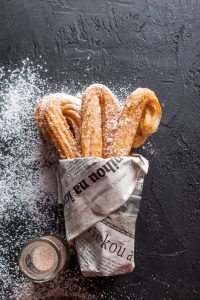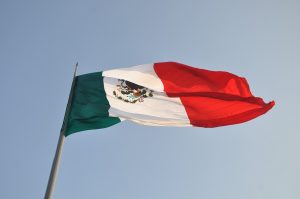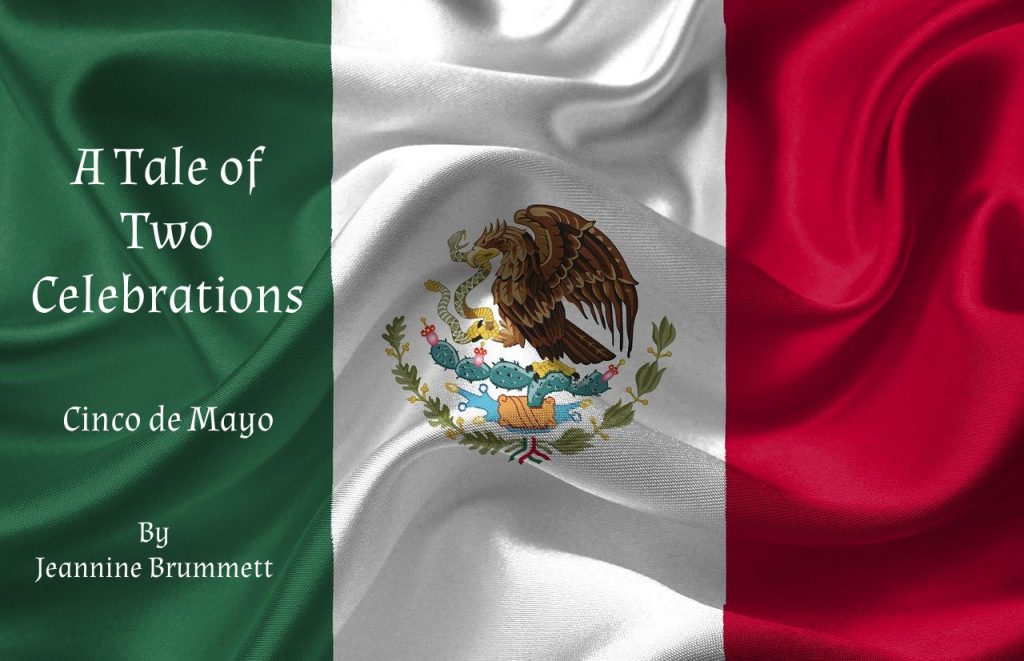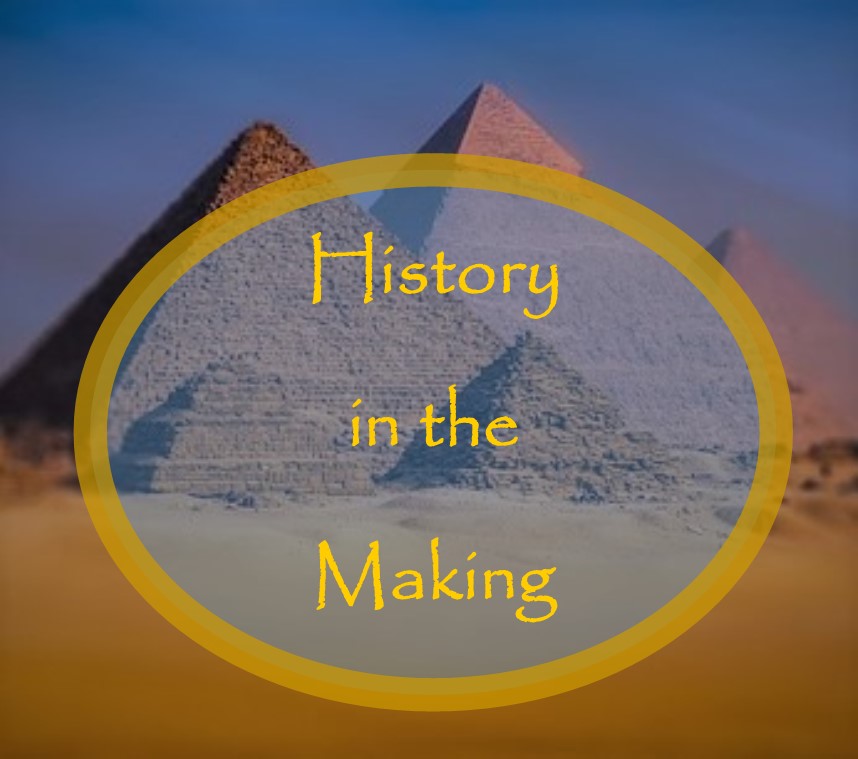Smell the churros? That cinnamon doughnutty aroma that draws you to the vendor’s stand? Or maybe your eyes are drawn to the rainbow-hued streamers dangling from tree limbs or encircling porch posts like an old barber shop pole. The sound of the mariachi band, shaking and strumming a catchy beat, drums in your ears while dancers twirl and swirl in colorful skirts.
Such a festive day.

But nothing like the first Cinco de Mayo.
May 5, 1862 was not marked by spirit-lifting dance moves or enticing aromas of tacos and burritos. Instead, it was defined by a battle. The colors were not expressing gaiety, but identity. France’s navy blue, white and red flag proudly preceded a regiment of French soldiers as they charged up the hill to the City of Puebla. Mexico’s red, white and green flag few high, declaring the loyalty of the Mexican soldiers who bravely met the enemy.
The battle raged, a flurry of fighting men carrying rifles and sabers, some on foot, some astride horses. Frenchmen’s dark navy and red uniforms tangled with Mexican’s pale blue ones as they clashed outside the fort’s walls. Soon, the blood of soldiers and horses seeped into the land. Moans of pain and screams of the dying tormented the ears of those who persevered, until finally… France surrendered.

Did cheers erupt from the conquerors? Probably. But how many minutes ticked by before the excitement of victory gave way to weeping and wailing as news of the injured and dead circulated? Did surviving Mexican soldiers dig 83 graves or just one to receive their dead?
Could they taste the post-battle meal?
This was the first Cinco de Mayo celebration.
In modern-day Puebla, its citizens memorialize the day with parades, festivals, re-enactments of the battle between Mexican and French soldiers, and local cuisine.
However, in the United States, Cinco de Mayo is less about memorializing the victorious battle and more about celebrating the Mexican-American culture and heritage. As early as 1863, celebrations popped up in the State of California. By the 1980s, over a century later, Cinco de Mayo flourished across the United States, its popularity fueled by marketing ploys of beer and wine companies. The jubilant atmosphere and extensive menu of Mexican dishes still lure many folks to gather for a May party.
For writers, a Cinco de Mayo scene can add sparkle to a story. With the winter holidays over and summer fun yet to come, this mid-year festival paves the way for a social gathering. Whether family or friends, a big event, a small gathering, or a restaurant’s promotional event to increase patronage, things happen when people come together. A door opens to romance, tension builds in a relationship, or just plain old fun is the name of the game for the day.
The 5th of May gala has the potential of igniting a change of mood; shifting setting; deepening plots; and/or revealing personality or growth in characters. Such a scene might even add a boost to the “sagging middle” of a story.

Jeannine Brummett lives in South Carolina with her husband of nineteen years, Don, who shares his three adult sons and three grandchildren with her. Reading is big on her list of things to do, but she also thrives on TV crime dramas, NBA basketball, and marvels at the critters and fowl life that live at the pond behind their house. She loves to sing praise songs, attend Bible Study, and help at a local food pantry.



 We love helping your growing in your writing career.
We love helping your growing in your writing career.

No Comments